Celebrate ‘The Day of the Dead’ by Remembering Tilikum, Lolita, and Others Who Died at Marine Parks
Celebrated on November 1 and 2, “The Day of the Dead”—or “Día de los Muertos”—is an opportunity to remember and honor loved ones who have passed away. The holiday typically sees people leaving offerings of marigolds, food, candles, papel picado, and other items to their deceased friends and family members. At PETA, we honor the memory of animals who have suffered and died at miserable marine parks.
SeaWorld, Miami Seaquarium, Loro Parque, and other cruel marine parks imprisoned the animals named below in tiny tanks and robbed them of the lives they deserved. To celebrate these animals, we’re remembering their individual stories and inspiring everyone to help us free other animals who are still trapped in dismal tanks at abusement parks.
These are just some of the countless animals who have died at marine parks:
Shamu
In 1965, whalers harpooned and killed a mother orca and abducted her 3-year-old daughter from the ocean. The young orca—likely devastated from the gruesome killing of her mother—was then sold to SeaWorld San Diego, becoming the first “Shamu” at the park.
The same year of Shamu’s capture, SeaWorld exploited the young orca in its first-ever orca performance—a cruel “attraction” that SeaWorld continued for decades, using many other captive orcas who were also called Shamu as if they were nothing more than replaceable objects. SeaWorld deprived Shamu of food to make her learn useless tricks and forced her to perform for audiences for years.
In 1971, at just 9 years old, Shamu died at SeaWorld from a uterine infection and blood poisoning. In the ocean, she could have lived for up to 80 years.
Even in death, SeaWorld continued exploiting Shamu—the company trademarked her name, using it to sell even more tickets to abusive orca shows.
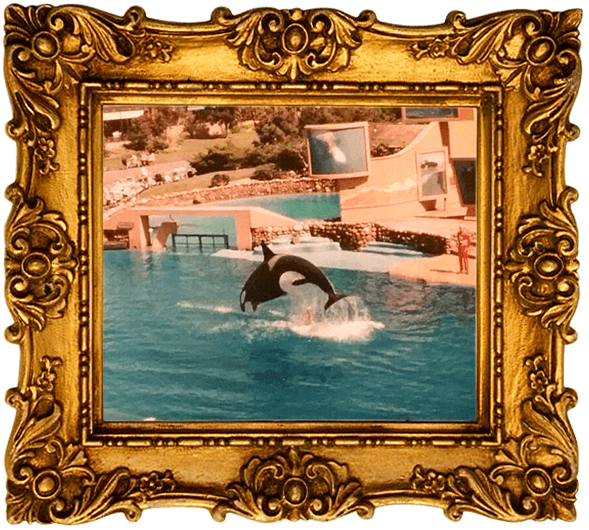
Tilikum
Tilikum—an orca whose story was featured in the documentary Blackfish—was captured and torn away from his ocean home when he was just 2 years old. For 33 years, marine parks held him captive inside of barren cells.
SeaWorld forced Tilikum to perform useless tricks in exchange for food; confined him to a small tank with incompatible animals who hurt him; and used him as a breeding machine, breeding him 21 times so that it could exploit his calves and continue the cycle of ruthless exploitation.
Tilikum’s anguish and frustration was so severe that he acted out, causing the deaths of three humans—tragedies that would have never happened if he was living peacefully in his natural home. In 2017, he died in captivity at SeaWorld Orlando.
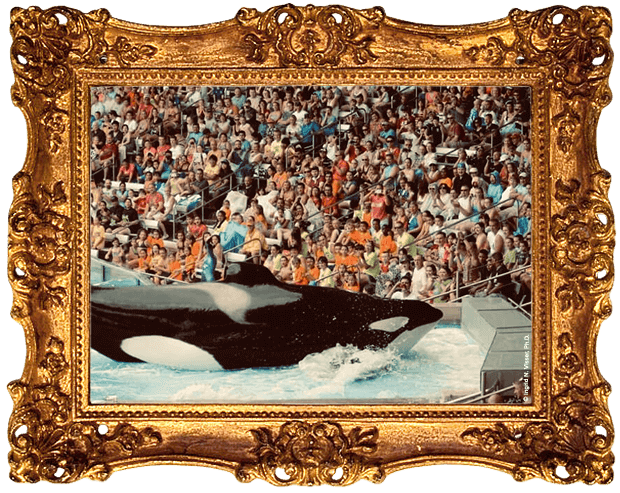
Bossa
Bossa the dolphin never got to feel the cool ocean breeze on her dorsal fin or experience the freedom to explore up to 60 miles of open ocean every day—instead, in 1997, she was born at SeaWorld Orlando, doomed to captivity in concrete tanks.
In 2006, she was transferred from SeaWorld Orlando to Discovery Cove, another SeaWorld-operated abusement park in the same city. There, she gave birth to her first calf—a stillborn who never had the chance to bond with her. She was then shuffled back to SeaWorld Orlando, where she gave birth to her second calf, Haley.
In 2014, Bossa went into labor for the third time, giving birth to her second stillborn. The stillbirth caused Bossa major trauma, and she died just a few days later.
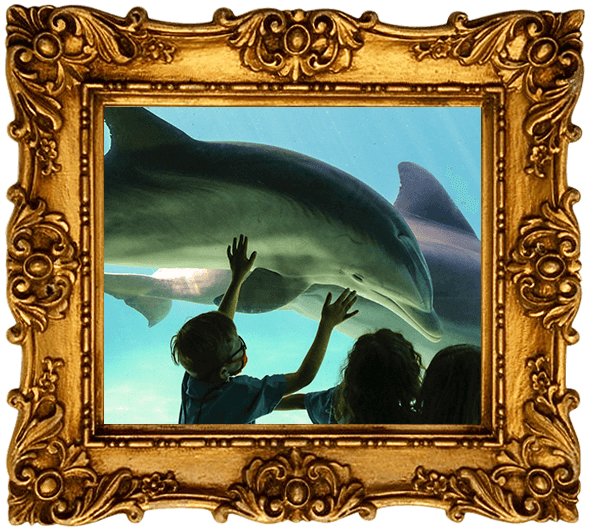
Hugo
After living freely in the ocean, Hugo the orca was about 3 years old when he was captured and sent to Miami Seaquarium, where he would spend the next 12 years in a tiny, desolate tank. When another orca, Lolita, was abducted from the ocean and sent to Miami Seaquarium, the two became tankmates for 10 years—but even this couldn’t help Hugo’s abnormal behavior likely caused by severe distress. In 1980, Hugo died after repeatedly ramming his head against a tank wall.

Echo
Bottlenose dolphin Echo died from severe neck trauma at Miami Seaquarium in 2019, which was likely the result of the park housing incompatible animals together in a cramped tank. He was one of six animals to die in just over a year at Miami Seaquarium between 2019 and 2020.
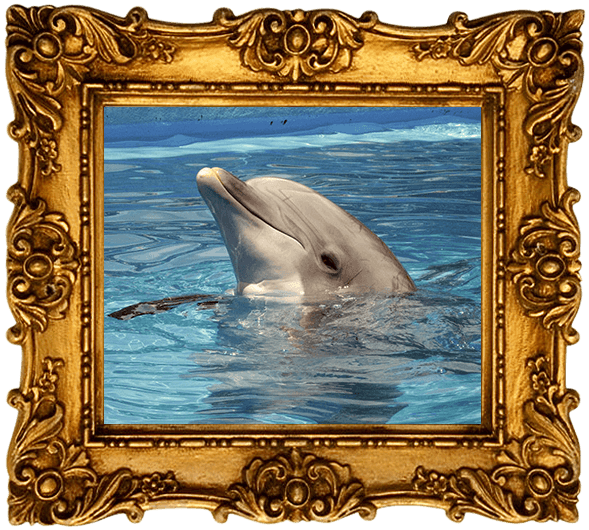
Kohana
In September 2022, 20-year old orca Kohana died at Loro Parque, decades short of her natural life expectancy. Separated from her family and transported to Loro Parque from SeaWorld Orlando at just 3 years old, Kohana spent years confined to a concrete tank.
Kohana never got to experience a life of freedom in the ocean where she belonged. Instead, cruel marine parks exploited her for profit, forcing her to perform demeaning tricks in exchange for food.
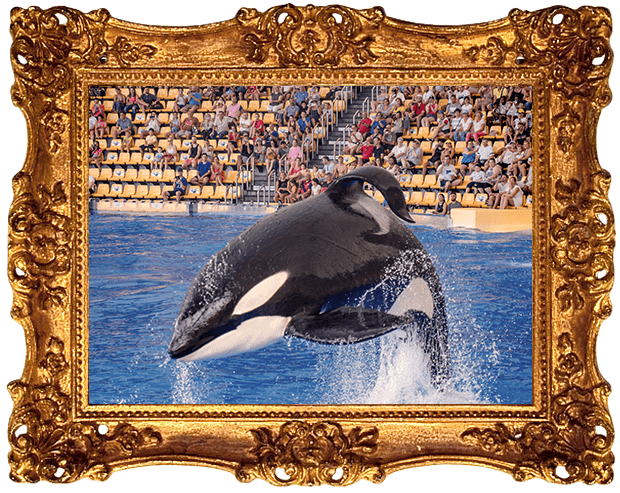
Nakai
In August 2022, orca Nakai became the 44th orca to die on SeaWorld’s watch while reportedly being treated for an infection. Nakai was born into captivity at SeaWorld San Diego, where he was imprisoned for 21 years until his death. In 2012, Nakai was attacked by two other orcas—due to SeaWorld housing incompatible orcas together in a tiny tank—and lost a chunk of his jaw, exposing tissues and bone.
Following the gruesome altercation, PETA filed a complaint urging federal officials to take action against SeaWorld, alleging the company violated the Animal Welfare Act by housing orcas incompatibly.
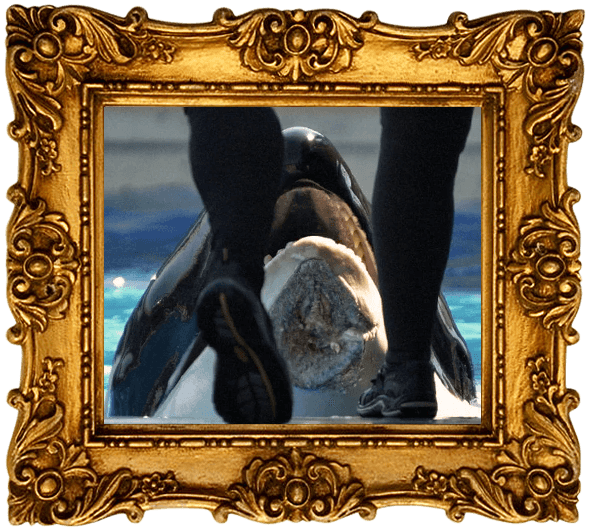
Betty
In June 2022, SeaWorld San Antonio announced that Pacific white-sided dolphin Betty had died. For 42 years of her life, she languished in tiny tanks in at least 3 different SeaWorld parks, when she should have been swimming freely in the ocean with her family. Like all of the other animals who have suffered in SeaWorld’s tanks, she deserved better.
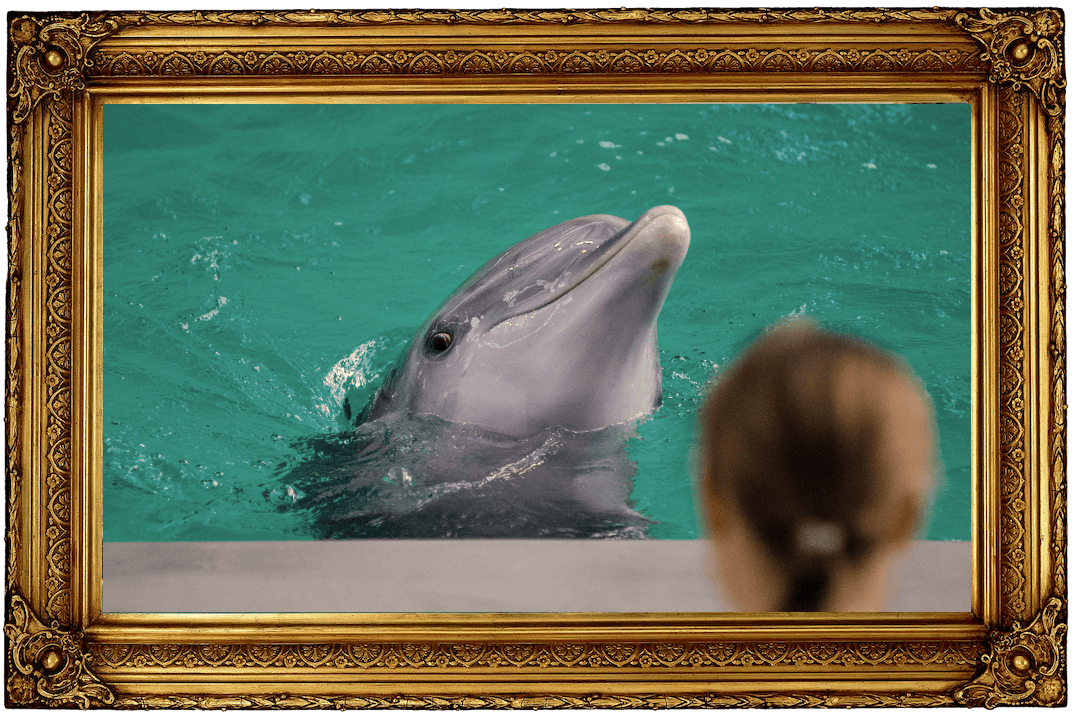
Lolita
Lolita was only about 4 years old when she was violently torn away from her family and ocean home in 1970 during the largest capture of wild orcas in history. First named “Tokitae,” Lolita suffered at the Miami Seaquarium in a tank smaller than any that had ever been used to imprison an orca for life.
For 53 years, Lolita saw nothing but the concrete walls surrounding her. She had been without the companionship of another orca since 1980, when her companion Hugo rammed the wall of the tank so hard that he died. She had very little stimulation and no opportunity to engage meaningfully in most natural orca behavior and spent her days floating listlessly.
Following global outrage over Lolita’s immense suffering, the Miami Seaquarium finally agreed to move her to a seaside sanctuary in her home waters. But the plans came too late, and she languished in her hellish prison until the day she died in August 2023 without experiencing even a minute of freedom in a sanctuary.

To Honor These Animals for Day of the Dead, Take Action for the Living Animals Still Trapped at Marine Parks
It’s too late for Shamu, Tilikum, Bossa, Hugo, Echo, Kohana, Nakai, Betty, Lolita, and the countless other animals who have died at marine parks—but you can help those who are still alive, suffering in concrete prisons and deprived of their inherent rights. Our fellow animals shouldn’t find freedom in death—they should be released into coastal sanctuaries, where they can live out the rest of their lives free from exploitation and despairing confinement.
Please urge the CEO of SeaWorld, Marc Swanson, to establish a firm and rapid plan to end its use of animals, stop breeding all dolphins and whales, and relocate them to seaside sanctuaries.
Please keep all correspondence polite in order to encourage officials at the company to listen to our message and take it seriously.
Please send a message to:
Marc Swanson, CEO
SeaWorld
[email protected]
Then, use the form below to tell SeaWorld to free Corky and urge other businesses to end their partnership with this abusement park.
As soon as you complete one action, another will automatically appear in its place. Just enter your information once, and then keep clicking the “Send Message” button until you’ve completed them all.